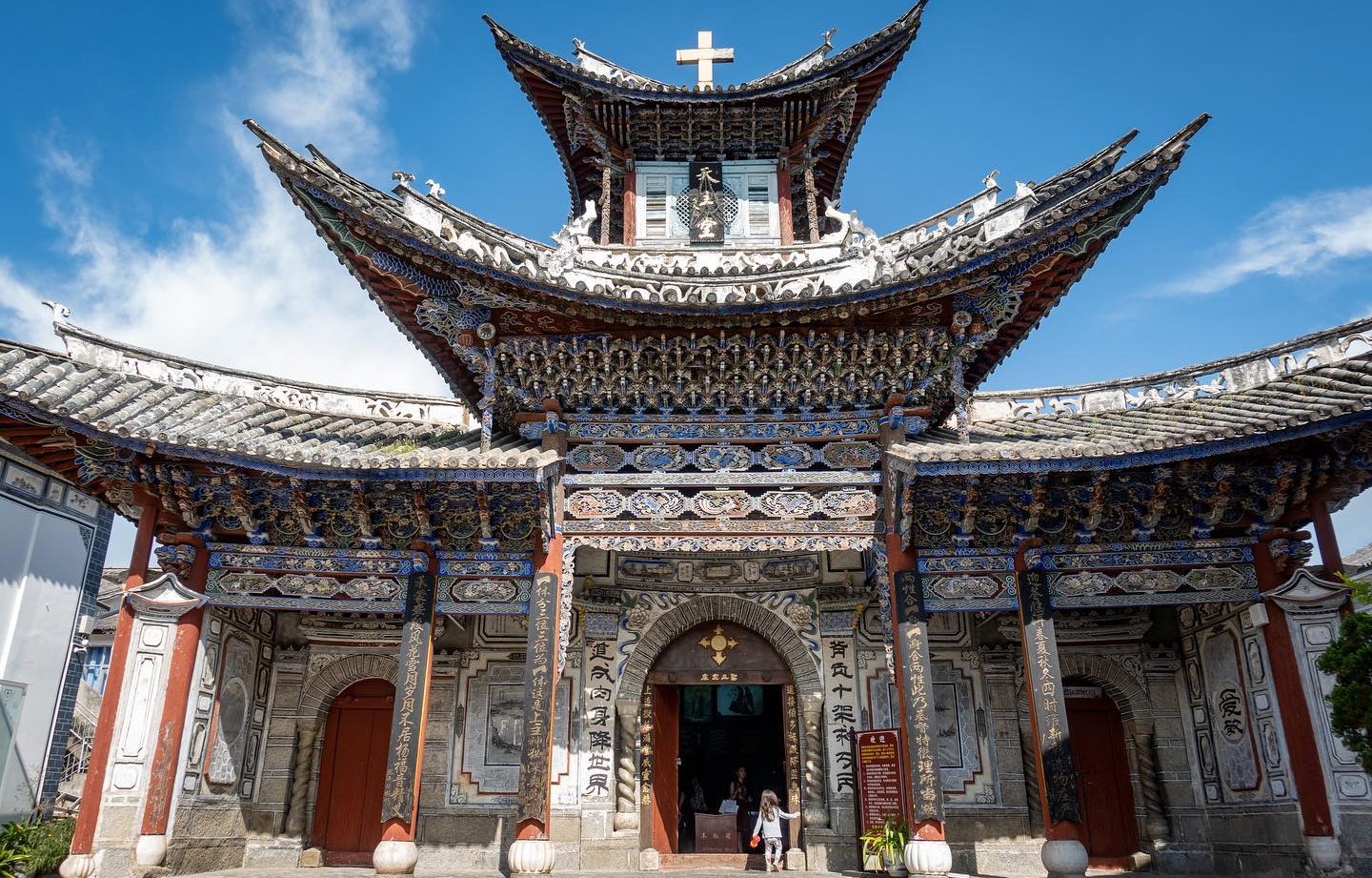Christianity in China has undergone a remarkable evolution, growing steadily from its obscure presence in ancient times to becoming one of the fastest-expanding religious movements in the country today.
Despite complex state-religion dynamics and periods of persecution, millions of Chinese people have embraced Christianity in recent decades.
The growth of this faith within the context of China’s rapid modernization, economic transformation, and social change presents a compelling story of resilience, adaptation, and quiet revolution.
Historical Roots

Christianity first arrived in China in the 7th century with Nestorian missionaries during the Tang Dynasty, though it struggled to gain a lasting foothold.
The Jesuit missions of the 16th and 17th centuries marked a more influential period, particularly under figures like Matteo Ricci.
He succesfully gained access to the imperial court by blending Western science with Confucian thought. However, political tensions and cultural resistance hindered its expansion.
In the 19th century, Protestant missions flourished during the era of Western imperialism, leading to the foundation of many schools, hospitals, and churches.
Yet, Christianity’s association with colonial powers left it vulnerable, especially after the fall of the Qing Dynasty and during the rise of nationalism and communism.
Suppression During Communism

Following the establishment of the People’s Republic of China in 1949, Christianity faced intense suppression.
The Communist Party promoted atheism and viewed religion as a threat to socialist ideology. Churches were closed, missionaries expelled, and religious expression strictly controlled.
During the Cultural Revolution (1966–1976), virtually all religious activity was banned. Christians, both Catholic and Protestant, faced imprisonment, persecution, and were forced to worship in secret.
This period was marked by silence and fear, but also by the quiet resilience of underground believers who kept their faith alive despite severe risks.
Revival

The tide began to turn in the late 1970s with the death of Mao Zedong and the beginning of Deng Xiaoping’s economic reforms.
The Chinese government relaxed restrictions on religion, allowing the reopening of state-sanctioned churches under the Three-Self Patriotic Movement (for Protestants) and the Chinese Patriotic Catholic Association.
Alongside these official churches, underground or “house churches” began to flourish. These unregistered communities met in private homes, storefronts, and other informal spaces, operating outside government control but drawing growing numbers of believers.
During this period, Christianity began to grow rapidly, driven by both rural revival movements and urban intellectual interest.
The faith appealed to those seeking moral clarity, community, and spiritual meaning amidst the uncertainties of China’s economic transformation.
By the early 2000s, some estimates placed the Christian population at over 70 million, though exact numbers remain elusive due to the hidden nature of many worship communities.
Christianity in Modern China

Today, Christianity in China is increasingly visible, yet remains carefully monitored by the state. Official statistics put the number of Protestants at around 38 million and Catholics at about 10 million, but independent estimates suggest the total Christian population could exceed 100 million.
Christianity is growing fastest among urban professionals, students, and business people, groups that are playing an increasingly influential role in Chinese society.
Modern Chinese Christians engage with faith through social media, theological study groups, and urban church movements.
In cities like Beijing, Shanghai, and Chengdu, thriving networks of “urban house churches” have developed, often led by educated pastors who bridge theology with cultural and social issues.
Meanwhile, in rural areas, evangelical revival continues with fervent prayer meetings, local pastors, and active lay leadership.
Government Response and Control

Despite Christianity’s growth, the Chinese government remains cautious. Religious activity is subject to strict regulations, including mandatory registration, censorship of religious materials, and bans on proselytizing.
In recent years, the government has launched crackdowns on house churches, removing crosses from buildings, arresting pastors, and increasing surveillance.
The state promotes a policy of “Sinicization” of religion, aiming to align faith with socialist values and Chinese cultural identity.
This tension reflects the state’s concern over Christianity’s independent influence, particularly as house churches grow beyond government oversight. Nonetheless, believers continue to gather, often discreetly, showing remarkable courage and dedication.
The Hopeful and Uncertain Future

The future of Christianity in China is marked by both hope and uncertainty. While political constraints remain significant, the faith continues to spread quietly through personal networks, community gatherings, and online platforms.
As Chinese society continues to evolve, many people are turning to Christianity for answers to existential questions and moral guidance in a rapidly changing world.
With one of the world’s largest Christian populations potentially on the horizon, China may become a central force in the global Christian community.
Whether through official channels or underground movements, the story of Christianity in China is one of faith thriving under pressure, a testament to the enduring human search for meaning, hope, and transcendence.



















